“Battle for the passes. Another look. " Myths and reality
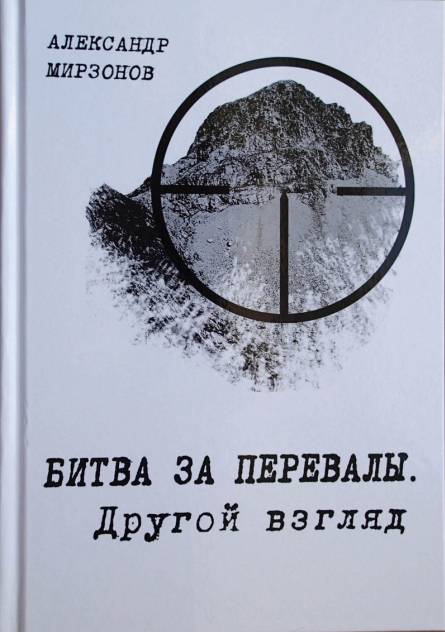
On July 12, 2016, my wife and I climbed Elbrus. He let him in (to the top) and let him go back down. This is not the case with everyone, given the lack of experience and early preparation. We were lucky, wildly.
Before climbing to the top, we grieved at the Maria shelter. Three days of forced acclimatization at an altitude of over 4000 meters. There was no weather.
Long conversations over a glass of tea with the guides of the orphanage about banditry rampant in the 90s on the passes bordering Georgia. About the war that plowed the local slopes. The corpses of German rangers were found even on the saddle of Elbrus.
The theme of the war was the main one in these conversations. We discussed everything. The death of the company of Lieutenant Grigoryants. We compared the level of training and equipment of our fighters and rangers from the Edelweiss division. Purposeful and overwhelmingly quick exit to Shelter 11 of Hauptmann Groth's group.
All came to a common opinion: there is nothing to be surprised at. In the pre-war years, German climbers in the Caucasus prowled like cockroaches in the kitchen. Prepared in advance. Photographed. We drew plans for the approaches to the passes. Well, how could you not believe that?
Hauptmann Grotto with his comrades (parteigenosse), like on a tram, came to the Hotu-Tau pass. He knew (the future knight of the German Cross in gold) where he was going and, most importantly, where he would eventually lead his group.
Four years have passed. And I stumble upon the announcement of Alexander Mirzonov's books “Battle for the Passes. Another look. "
Oops. A look at the war in the mountains from the side of the enemy. Incredibly interesting.
Reading the memoirs of the Germans is much more exciting than the same, but combed and emasculated by the Political Administration of the Red Army. To take or not to take? Who is the author? My age is a climber. I walked with my feet through the battlegrounds in the highlands. If for me the mountains are a pleasant episode, then for the author, apparently, the mountains are the hobby of his whole life. I take it. The book was sent quickly.
Impression? Shock. Immediately my ideas about mountain warfare collapsed. Much of what seemed unshakable has turned into myths. And there is nothing to argue! At first I tried to chuckle in disbelief. But after a couple of paragraphs, I realized that the author was right. Don't believe me?
Myth number 1. Excellent German maps
Excellent German maps. No, there was no doubt with Captain Groth. Before the war, he really went to Elbrus through the Khotu-Tau pass. And he didn't need maps on this route at all. What about the rest?
In order not to be unfounded, I will give a few quotes from the book:
But only now none of the true adherents of the story about German climbers-topographers bothered to work with the archives - this is time and money. "
What kind of German mountaineers-artists are there with pencils and paper ?!
Here is a letter from the commander of the 98th mountain ranger regiment, Colonel Kress, to General Lanz, dated August 27, 1942:
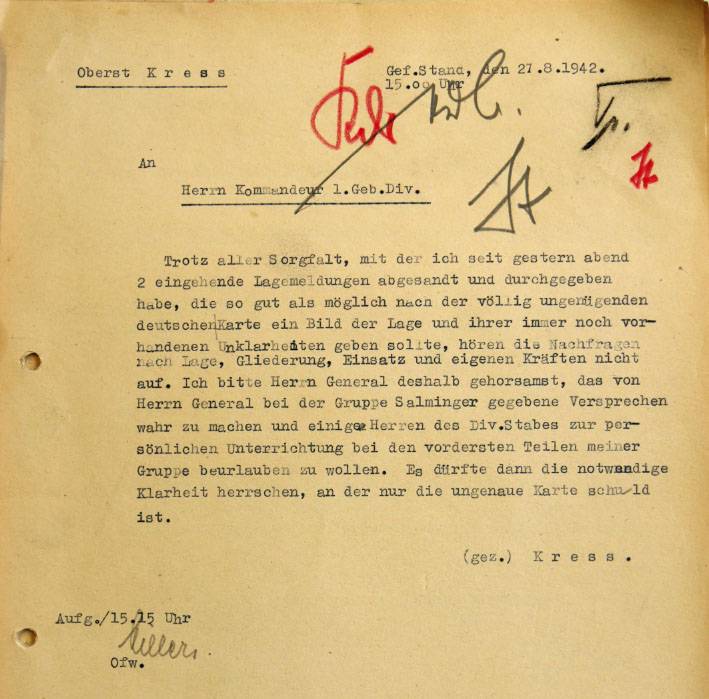
... I ask to send people from the divisional headquarters to the front-line units of my group in order to receive the necessary instructions on the spot and to bring clarity, which is lacking due to bad cards».
This is a trophy Russian map from the German archive. The names in Russian and the gluing of the map from several pieces are clearly visible.
The second myth. "Equipment and supplies"
One of the most widespread myths about German mountain rangers in the Great Patriotic War (1942) is a belief that has developed and cultivated for many years by various authors in their excellent mountain uniforms and chic equipment, as well as their excellent mountain equipment.
Authors of the myth
And it should be noted that the formation of this myth is directly related to those who fought with the rangers in the mountains - the veterans of the Red Army. One of the most famous of which is A. M. Gusev.
Samples of excellence?
Yes, we must admit that the personal equipment and clothing of the German mountain rangers (in comparison with how the Red Army units in the mountains were equipped and equipped) could seem to be an example of perfection. But was everything really so impeccable with the quality and quantity of this equipment?
A. Mirzonov paid special attention to the study of documents relating to these issues. And I found out that the real picture in matters of supply and equipment of the German army that came to our Caucasus during the Great Patriotic War was by no means as rosy as it was usually assumed.
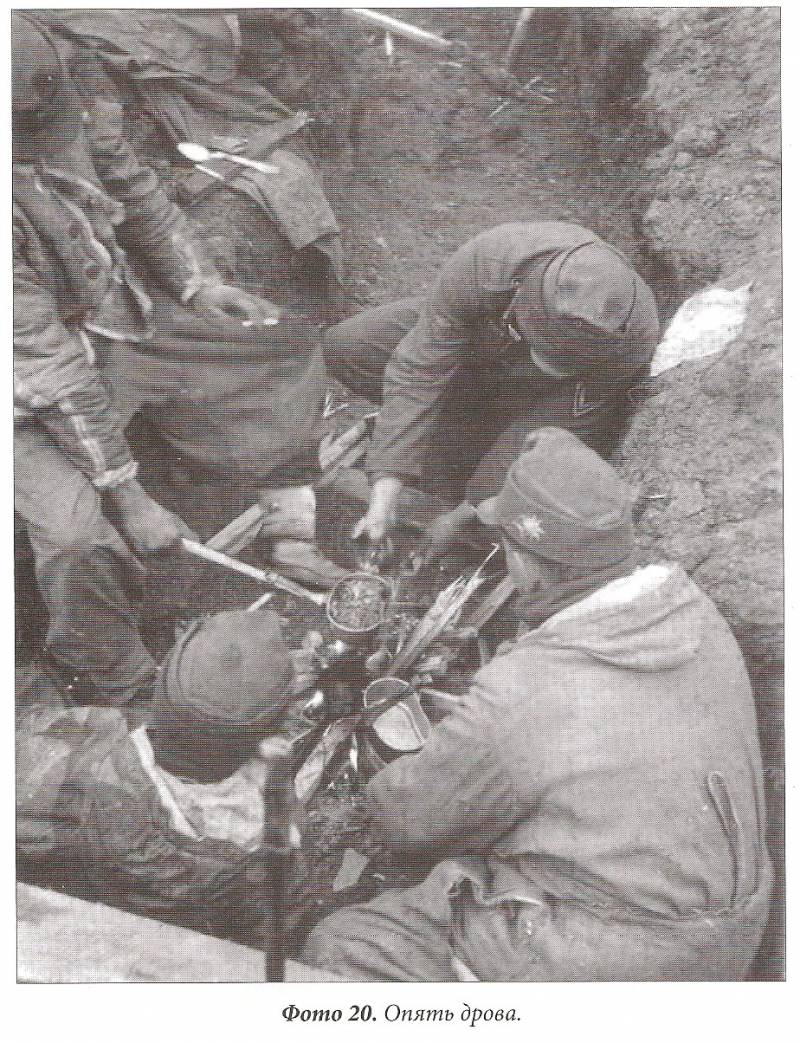
Judging by the documents cited by this author, especially at the stage of the first battles in the mountains, the German huntsmen were in dire need of literally everything: from warm clothing and mountain uniforms to harnesses and pack saddles for animals (which served as a means of delivering supplies where the roads ended and trails began ).
The Germans' supply requests ranged from dozens of items of various property from sunglasses and woolen comforters to canisters and boxes for transporting property on packs.
Yes, and the pack animals themselves on the way to the Caucasus in the mountain divisions of the Wehrmacht remained so scanty that they could not provide the supply of the jaeger battalions that had gone to the mountains.
According to the assessment of the services of the quartermasters of the Wehrmacht mountain divisions in the Caucasus, the situation with the supply and equipment of units in the mountains in the period until the end of August - beginning of September was catastrophic.
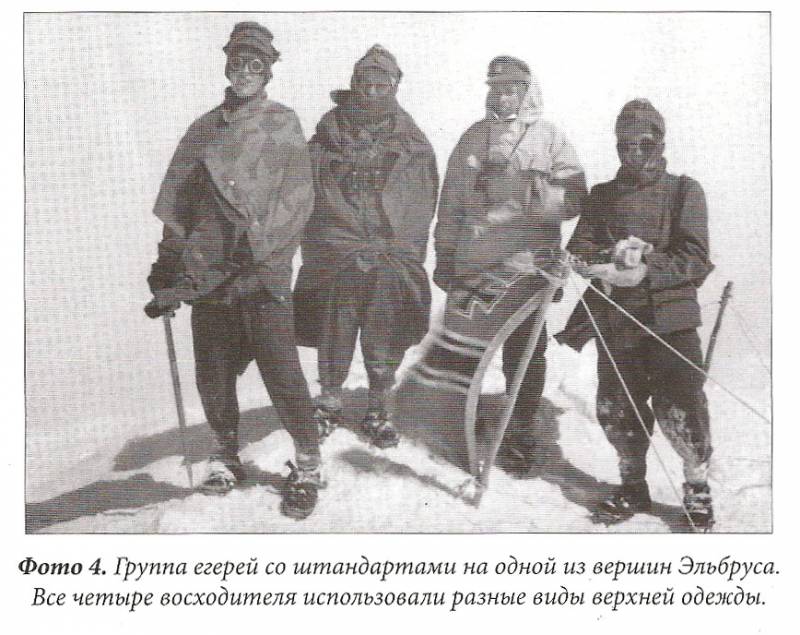
Without glasses and knee-length pants
For example, here is a very characteristic touch to the illustration of the above, taken from the books "The Battle for the Passes". From Captain Grotto's report:
At the end of August, the commander of the Klukhor group, Colonel Kress, requested an urgent supply of clothing for the rangers. Because many of them had mountain trousers that reached their knees. The reasons for this transformation of trousers into breeches are not indicated in the document. It is possible that one of the reasons could be shrinkage of the fabric.
Anorak without hood
As for the quality and thoughtfulness of mountain uniforms, not everything was good here either.
The early mountain anorak, for example, ubiquitous in the mountainous parts, did not have a hood at all, which is an unacceptable omission in the mountains.
Blankets instead of sleeping bags
And how many people know that such equipment as a sleeping bag was completely absent as a standard piece of equipment among mountain rangers? What was used instead of sleeping bags? The most common soldiers' blankets.
Exactly the same that were used somewhere in the Donetsk or Rostov steppes.
Awnings instead of tents
What do you think was used as tents in the Caucasian highlands by the huntsmen?
In the bulk - tents (made of connected raincoats), which do not have a bottom and are blown by mountain winds.
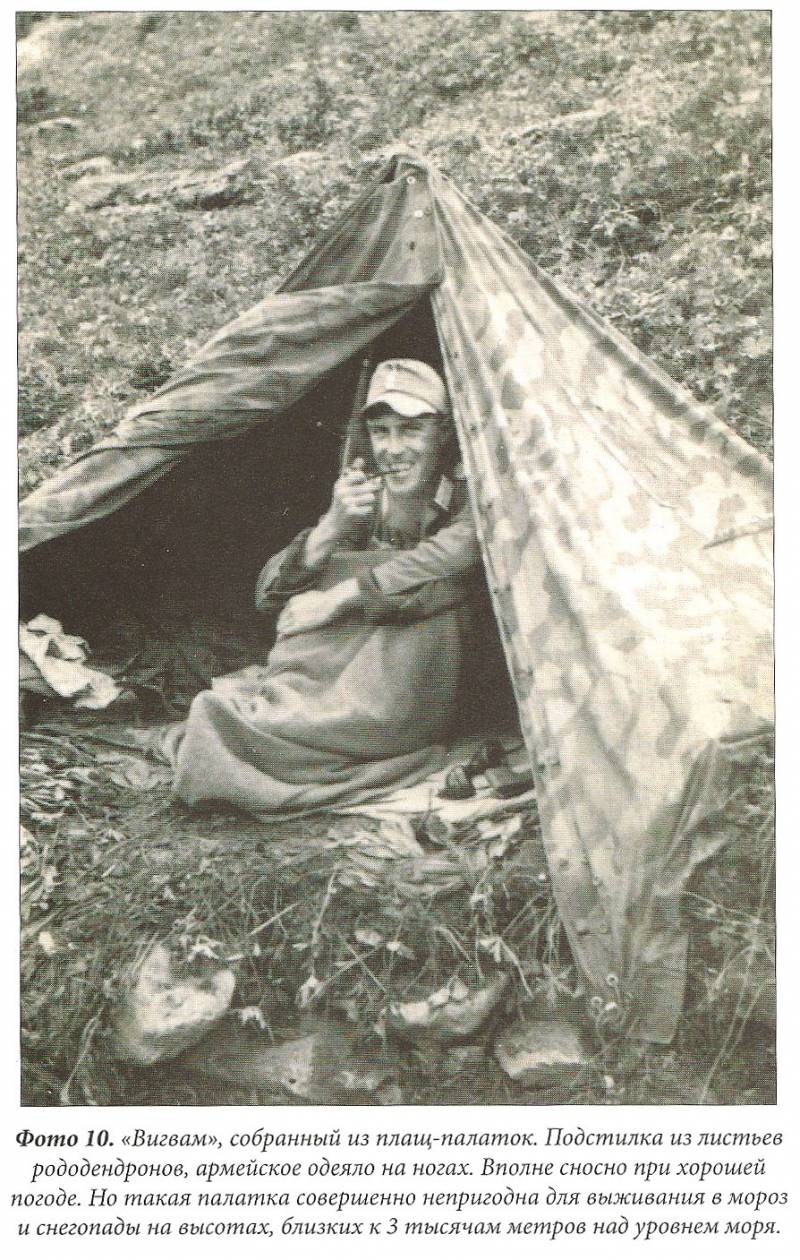
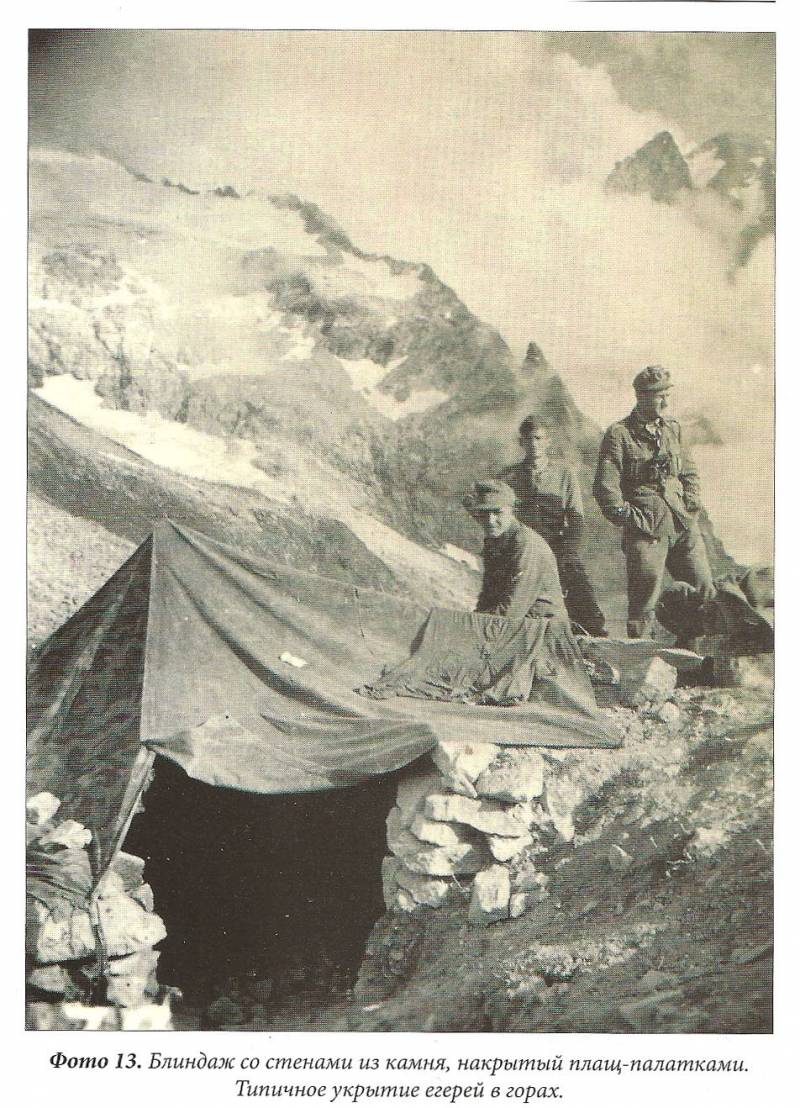
There were very few classic tents.
As a rule, they were used either by officers or for special needs - transfer points of supply, points of command and communication, in sanitary units or at high-mountain units of mountain divisions.
Frozen to death
That is why, with the onset of cold weather in the mountains, cases of frostbite and even those who froze to death among German gamekeepers were not uncommon.
Ahovoy supply
Now about the supply during the fighting.
How many kilograms can a modern mountain hiker carry on his shoulders for a 10-12 day hike?
From my own experience I know 25-30 kg.
This set includes - tent, cushion mat, sleeping bag, down jacket, boots, thermal underwear, socks / gloves / hat, anorak and self-dumping pants, ice ax / trekking poles, ropes, harness and a set of iron that is needed on the route.
You also need to load gas + stove, pots, KLMN and the actual food for the entire route on your shoulders.
This is all modern and made from modern materials.
Let's go back to 1942 and add some more personal to the above. weapon, grenades and cartridges.
Now the question is:
Answer:
Then there is a problem with the work of the rear units, with the supply of combat units with everything they need. And no longer by road.
So, this issue of supplying combat units went to the command level of the 49th mountain corps of the Wehrmacht.
Without 4 thousand mules
According to the calculations of the corps commander, General Konrad, for a stable supply of the grouping going to Sukhumi, about 4 thousand pack animals were required, which there was simply nowhere to take?
Due to the lack of mules, they got out of the situation by buying or requisitioning donkeys and horses from the Karachai population.
There was not enough of everything - pack saddles, harnesses, horseshoes.
From German documents it follows that the harness was often made of ropes.
9000 Russian prisoners of burden for one German division
But besides the beasts of burden in the mountains there was a huge army of porters, which were used by Soviet prisoners of war. Not only captured in the mountains, but also transferred to the mountains from the camps in the Kuban and Stavropol regions.
And these porters were treated like consumables.
A sad fate awaited the exhausted and sick, because the Germans did not have a shortage of such a labor force.
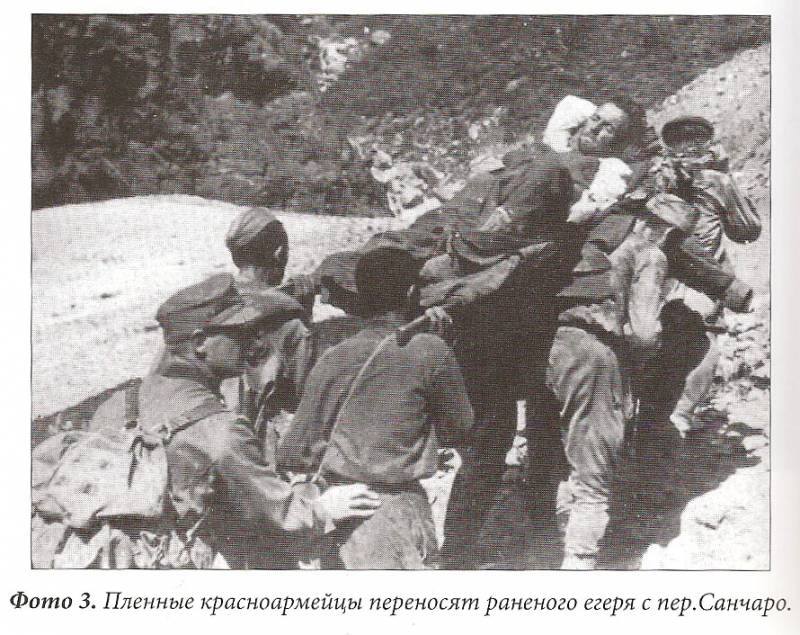
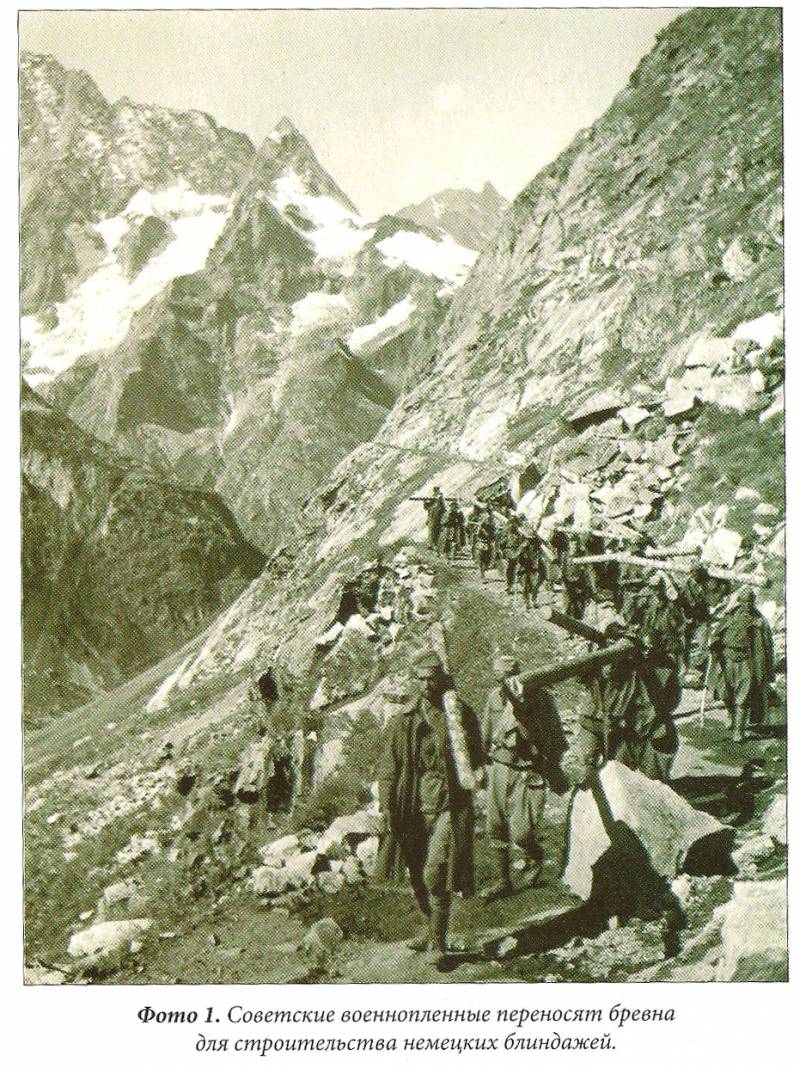
Lingering non-major
No, not everything was so major with the gamekeepers with the provision and supply. And A. Mirzonov convincingly and on the basis of German documents refutes this one of the well-established myths about the mountain war in the Caucasus.
Reading the lines of "Battle for the Passes", you begin to understand - not everything was so great in the "Kingdom of Danish". And the emerging problems swept the corps rear services.
Difficulties with the supply of jaeger units in the mountains became one of the main reasons for stopping the active operations of the Nazis in the Caucasian highlands.
Based on the above data, the author makes an interesting conclusion that the units of the two mountain divisions of the Wehrmacht that came to the Caucasus were not ready for a protracted war in the highlands.
Lingering is the key word in this case.
The entire calculation in the plans for the German units to reach the coast was based on the rapid overcoming of the Main Caucasian ridge with the existence of illusory hopes for insignificant resistance from the Red Army units on the mountain front.
Of course, the stubborn resistance of our rank-and-file soldiers and commanders played a decisive role in thwarting the plans of the Germans to break through to the sea through the passes.
As a result of the unsuccessful mountain blitzkrieg, in mid-September, part of the rangers in the main directions withdrew from the southern slopes to the GKh passes and held their defenses there until January 1943.
Another look
It is possible to develop this topic further, but I don’t want to deprive those who want to read the books of Alexander Mirzonov from pleasure.
This is a titanic work!
And, thanks to him, we can comprehend in a different way everything that happened during the war on the Caucasian passes.
Dry lines from the combat logs of the German mountain divisions and other combat documents stored in the German archives, combined with the analysis of the archival documents of the Red Army, allow us to rediscover those old and little-known events.
And yes it really is other a look at the past mountain war of 1942.
PS Quotes from the book and other materials are published with the consent of Alexander Mirzonov - the author of the book "Battle for the Passes".
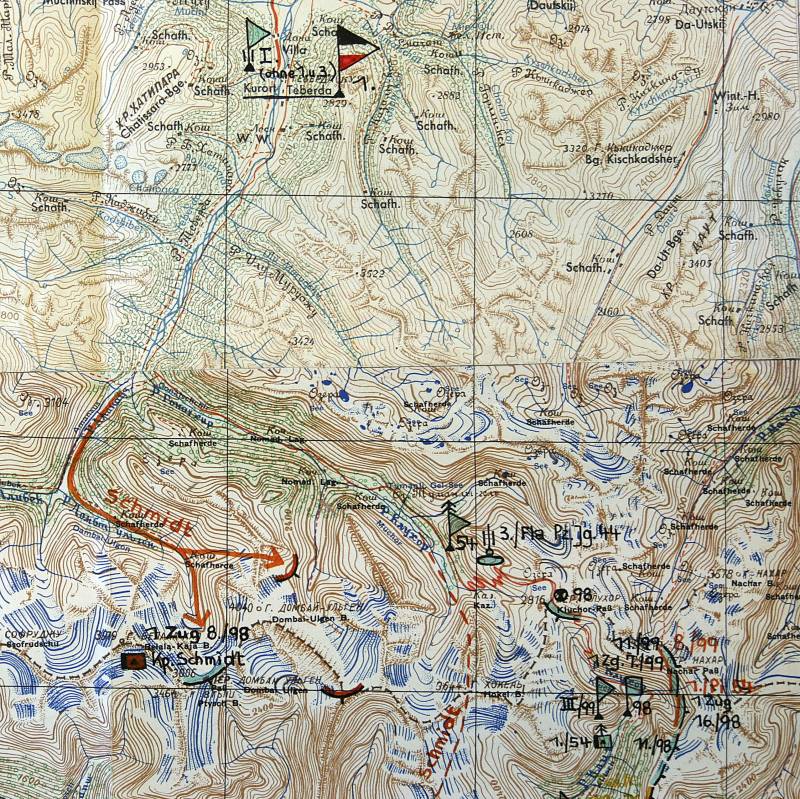
Information